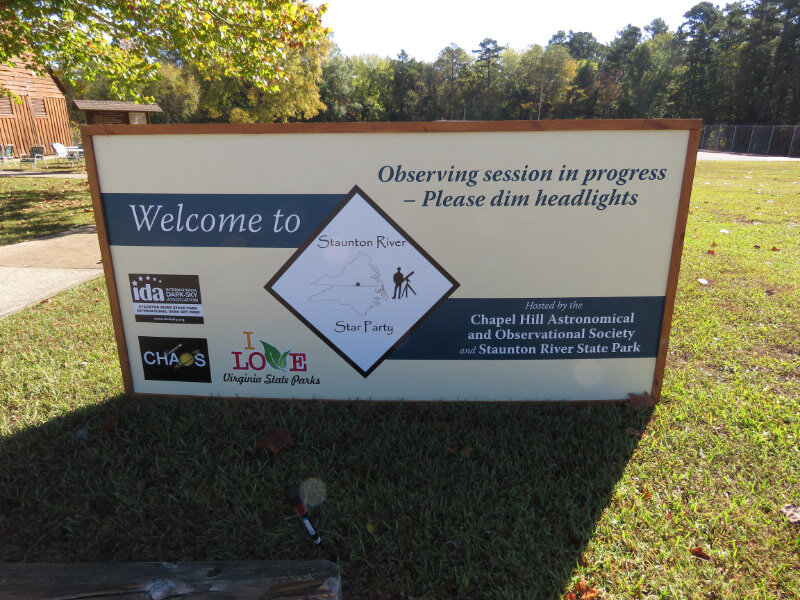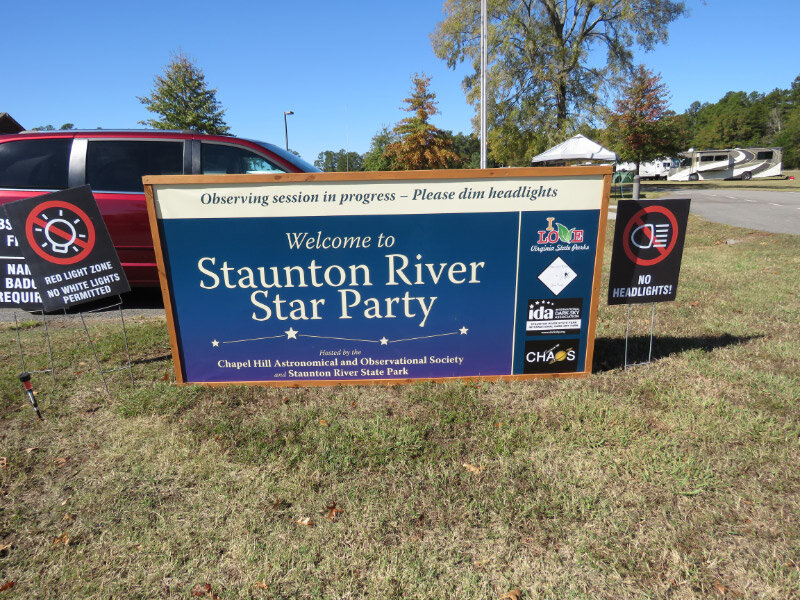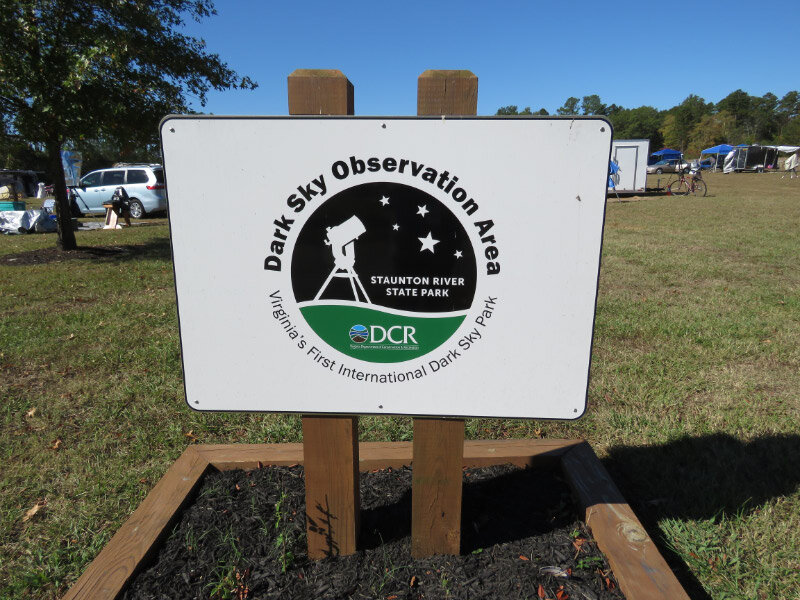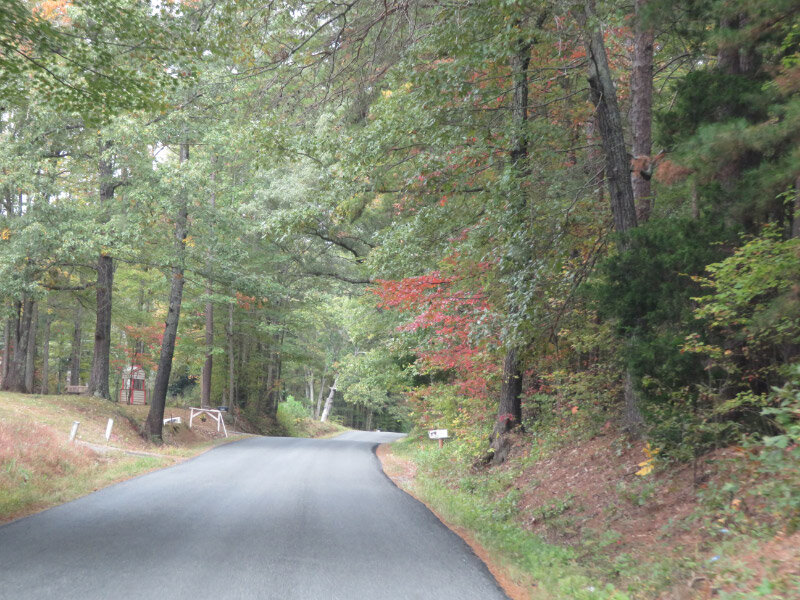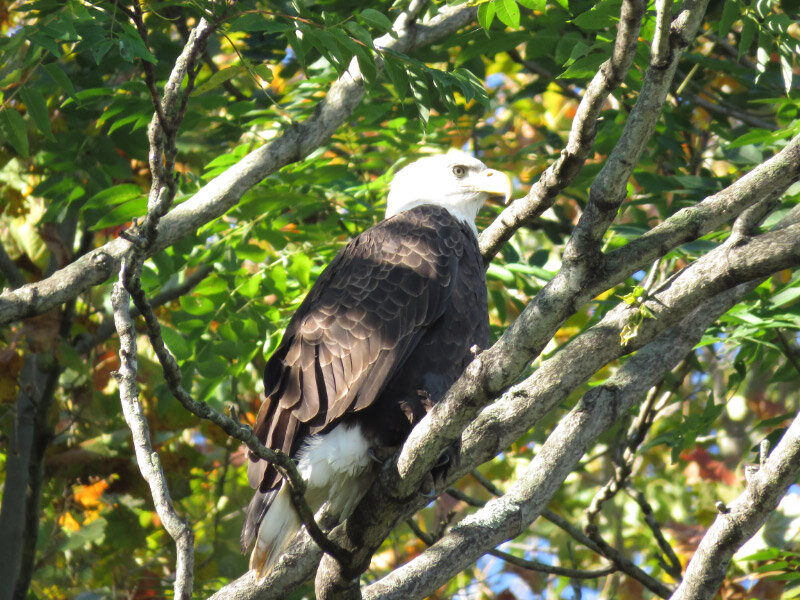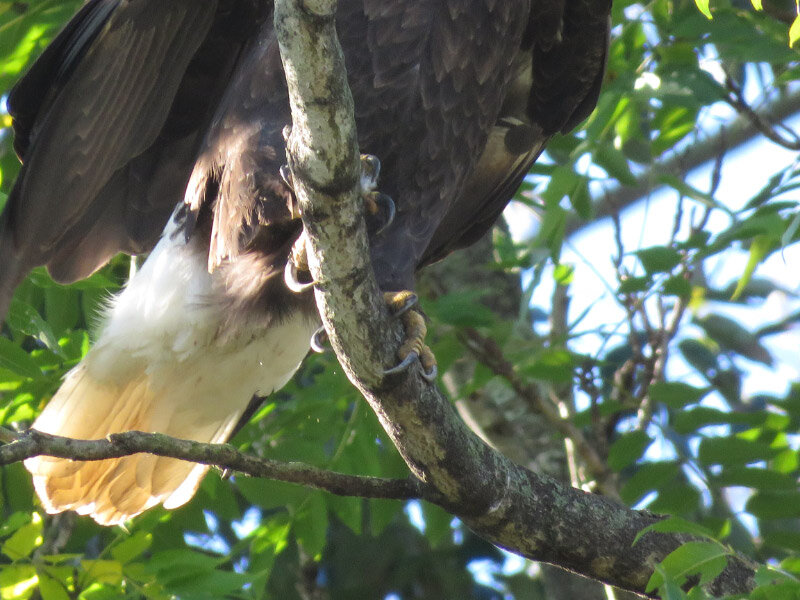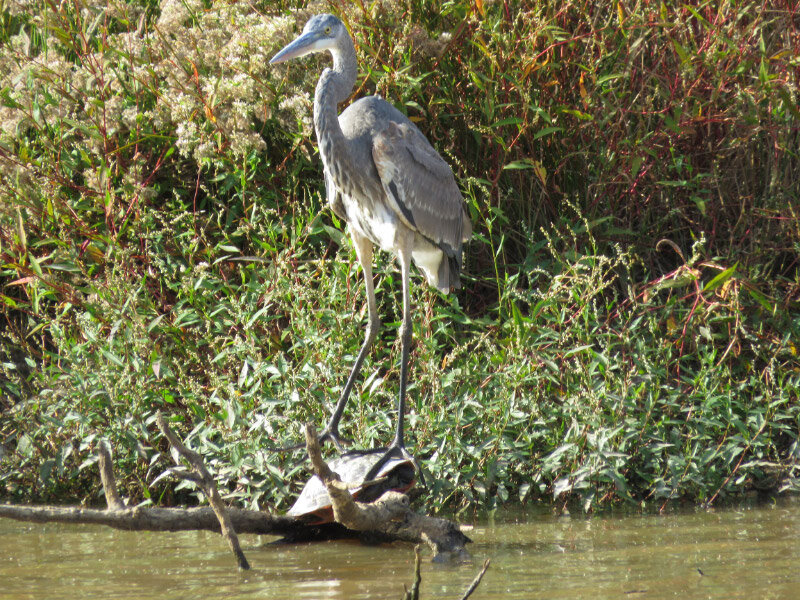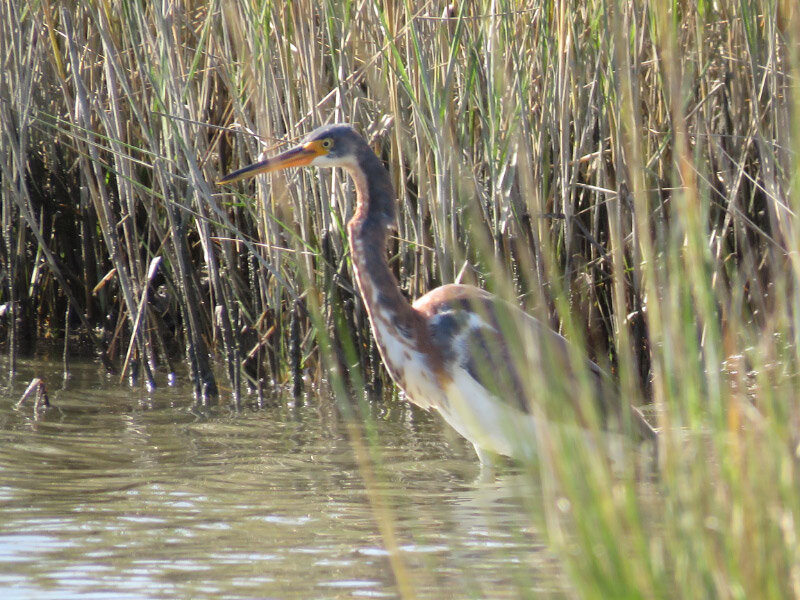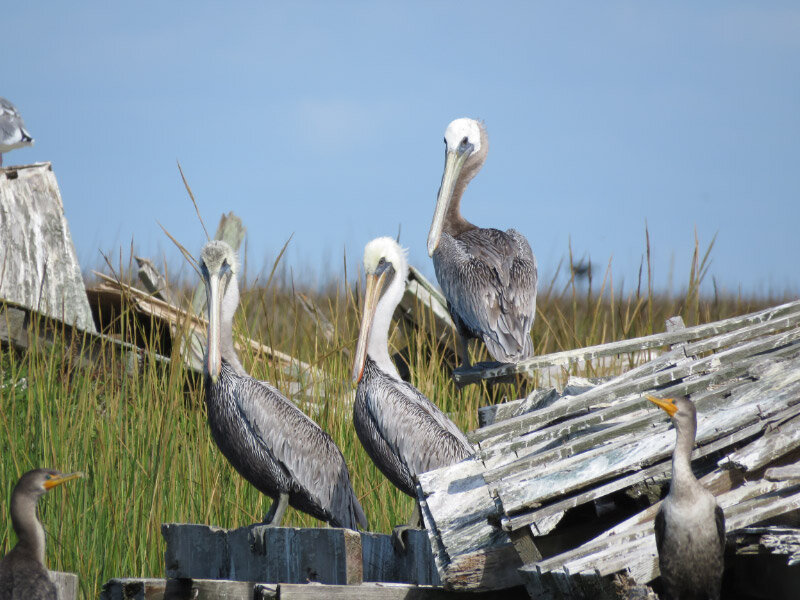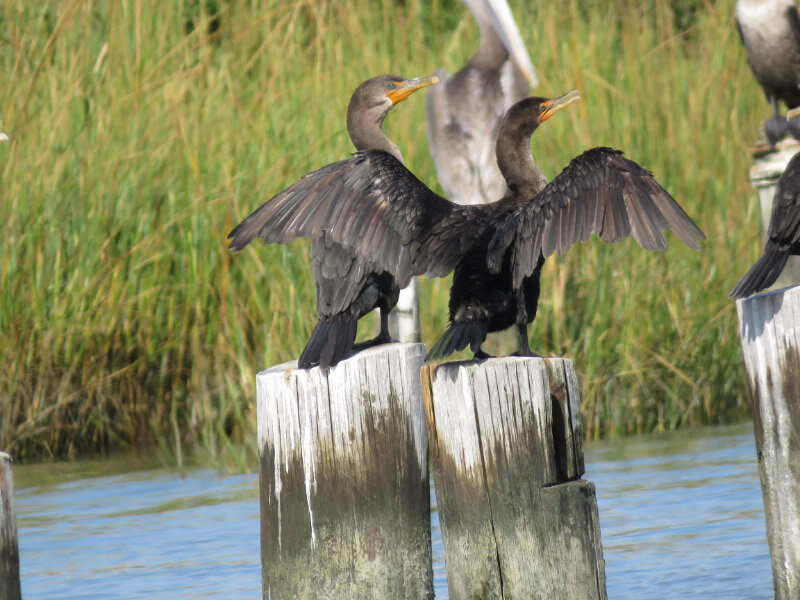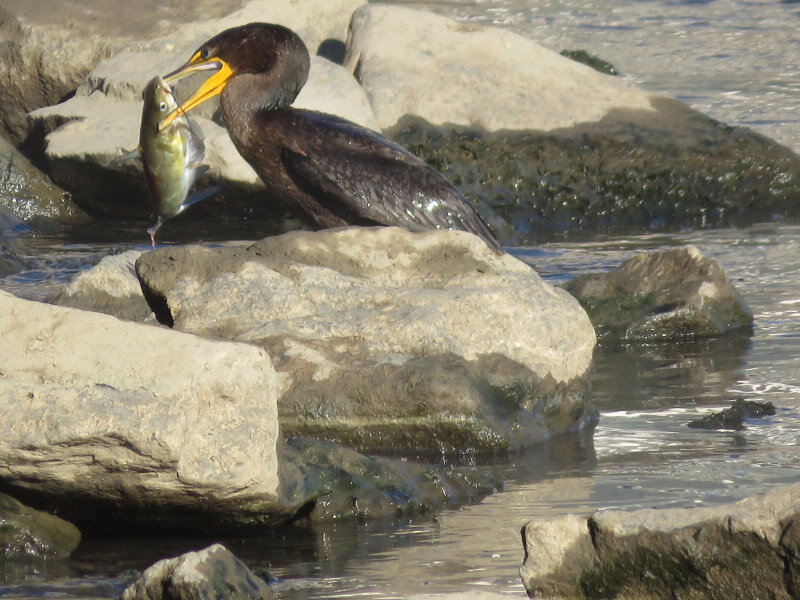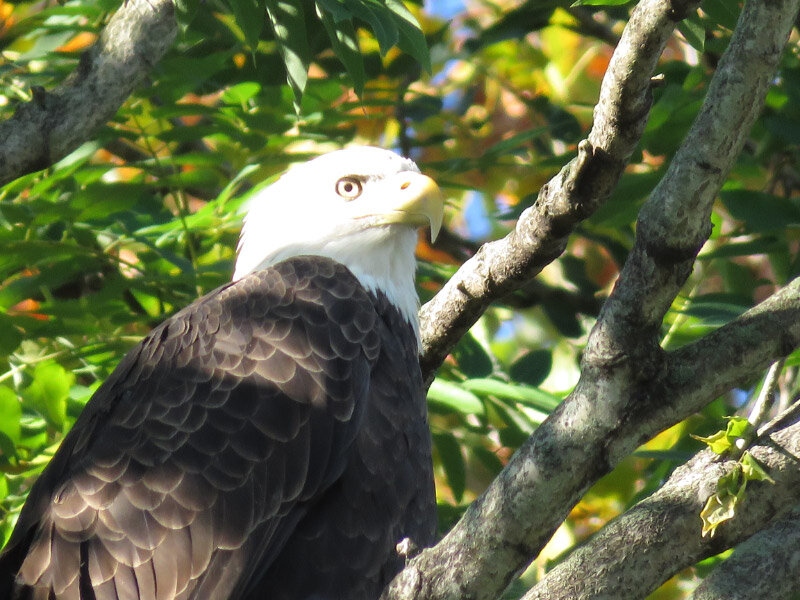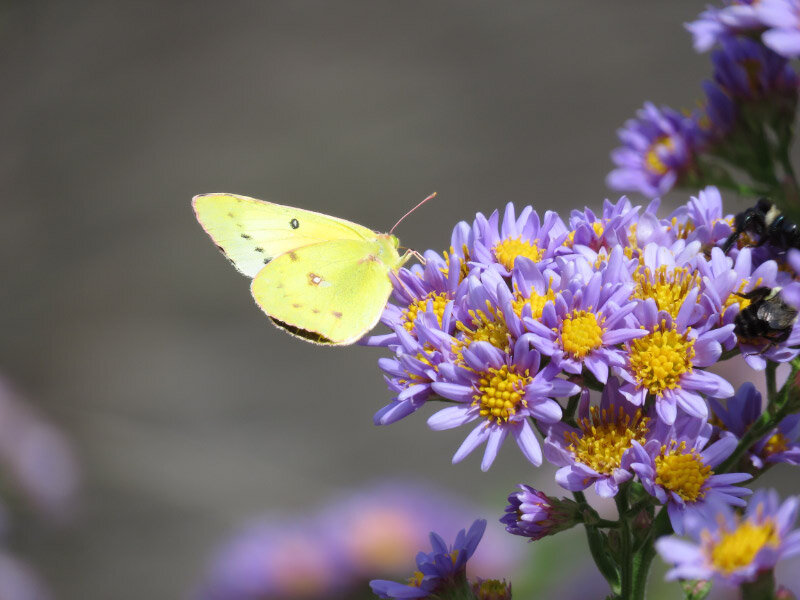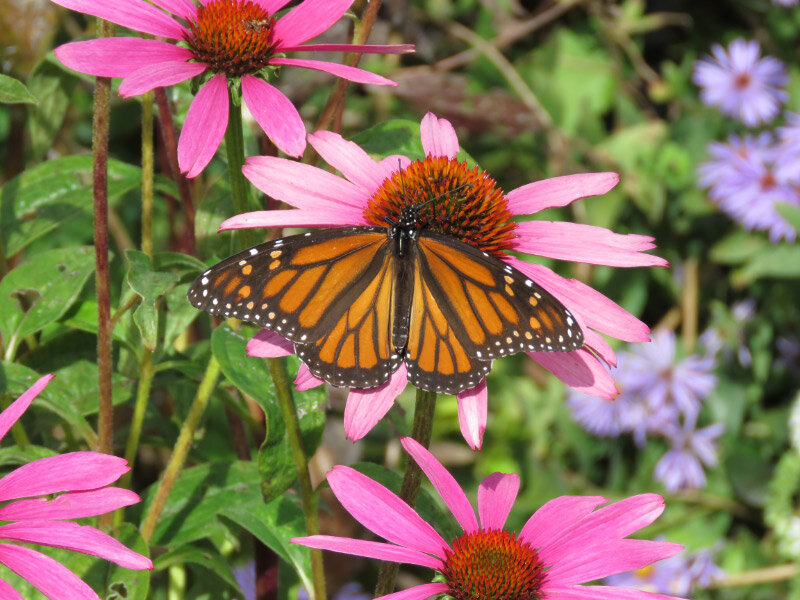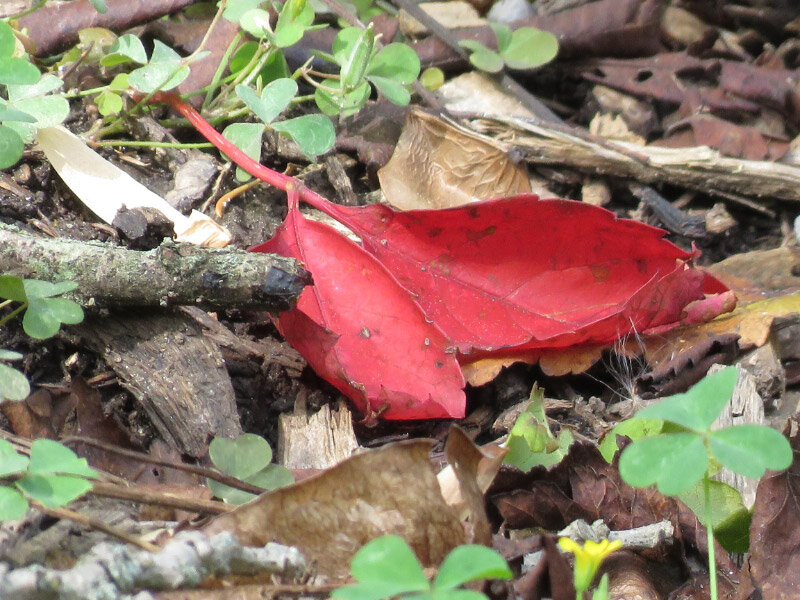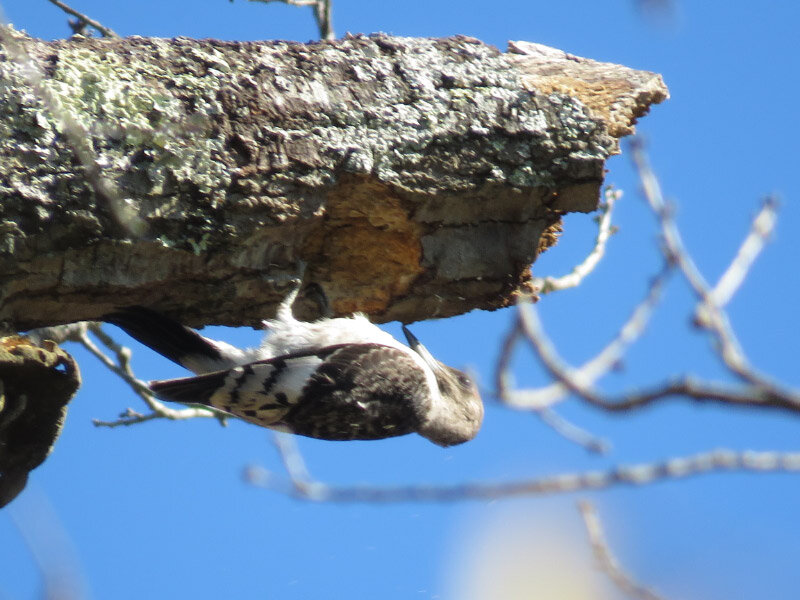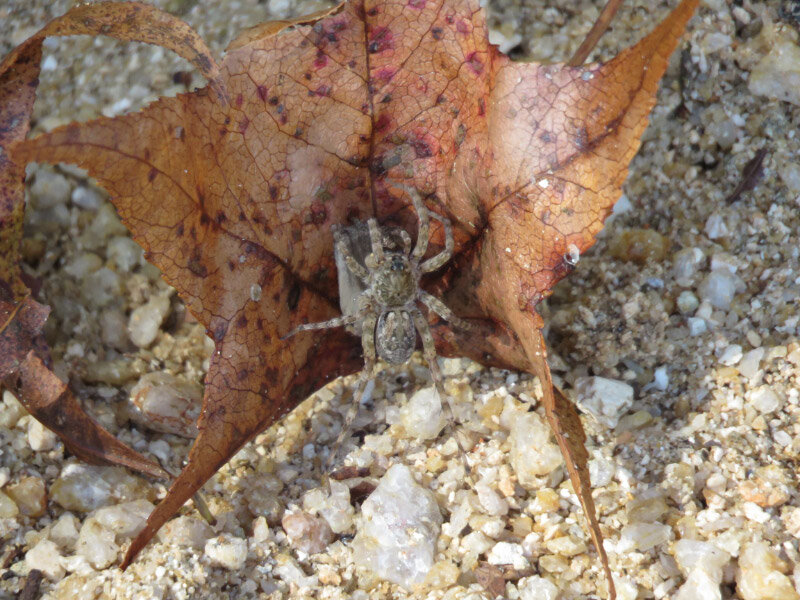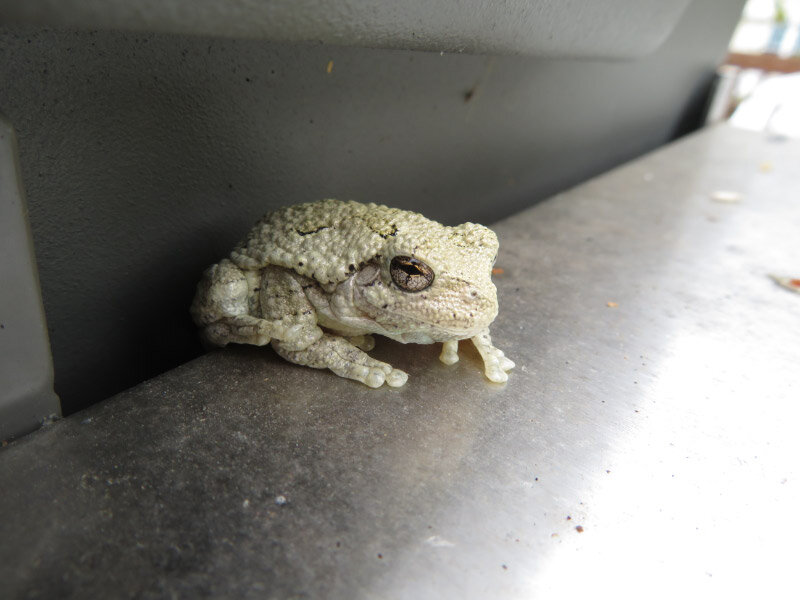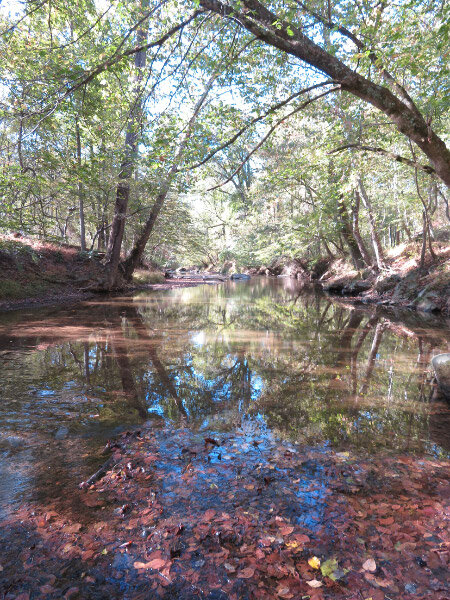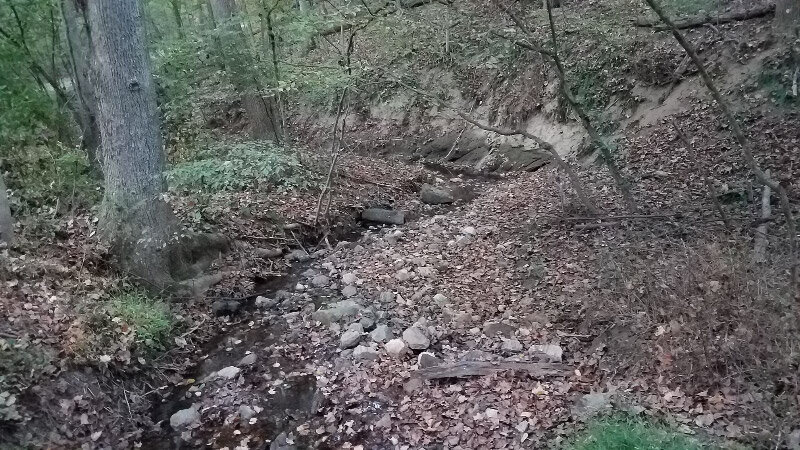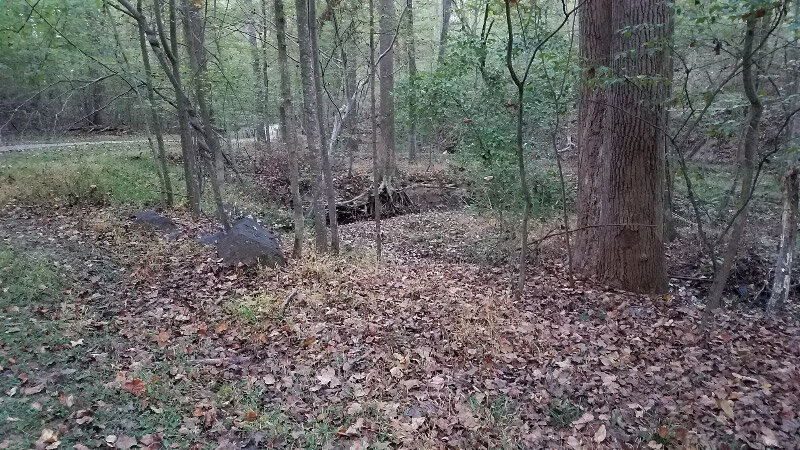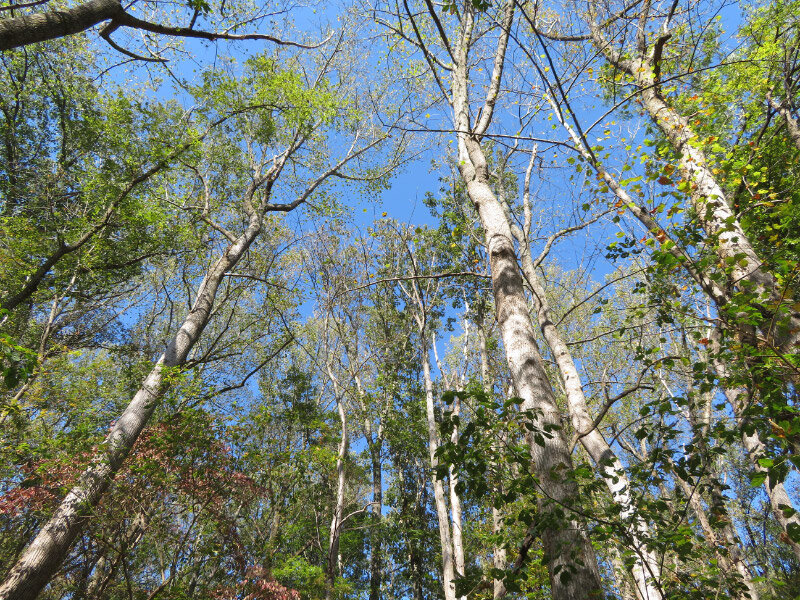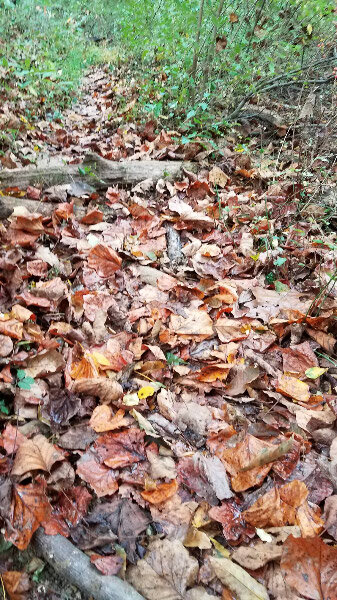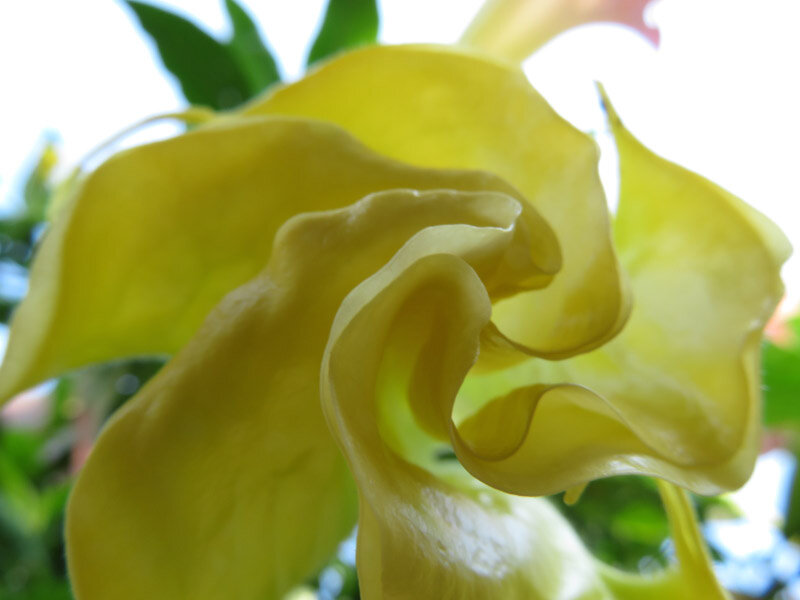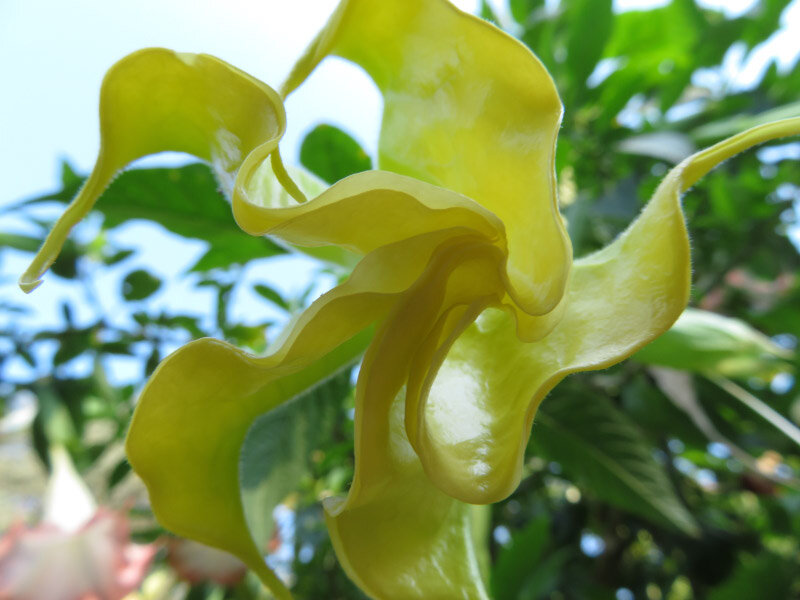Revue Horticole (1897) * Librairie Agricole de la Maison Rustique * sample image * 1897
Revue Horticole (1898) * Librairie Agricole de la Maison Rustique * sample image * 1898
Revue Horticole (1899) * Librairie Agricole de la Maison Rustique * sample image * 1899
Revue Horticole (1900) * Librairie Agricole de la Maison Rustique * sample image * 1900
Revue Horticole (1901) * Librairie Agricole de la Maison Rustique * sample image * 1901
Revue Horticole (1902) * Librairie Agricole de la Maison Rustique * sample image * 1902
Revue Horticole (1903) * Librairie Agricole de la Maison Rustique * sample image * 1903
Revue Horticole (1904) * Librairie Agricole de la Maison Rustique * sample image * 1904
Revue Horticole (1905) * Librairie Agricole de la Maison Rustique * sample image * 1905
Revue Horticole (1906) * Librairie Agricole de la Maison Rustique * sample image * 1906
Revue Horticole (1907) * Librairie Agricole de la Maison Rustique * sample image * 1907
Revue Horticole (1909) * Librairie Agricole de la Maison Rustique * sample image * 1909
Revue Horticole (1910) * Librairie Agricole de la Maison Rustique * sample image * 1910
Revue Horticole (1912) * Librairie Agricole de la Maison Rustique * sample image * 1912
Revue Horticole (1913) * Librairie Agricole de la Maison Rustique * sample image * 1913
Revue Horticole (1914) * Librairie Agricole de la Maison Rustique * sample image * 1914
Revue Horticole (1915) * Librairie Agricole de la Maison Rustique * sample image * 1915
Revue Horticole (1918) * Librairie Agricole de la Maison Rustique * sample image * 1918
Revue Horticole (1919) * Librairie Agricole de la Maison Rustique * sample image * 1919
Revue Horticole (1920) * Librairie Agricole de la Maison Rustique * sample image * 1920
Revue Horticole (1921) * Librairie Agricole de la Maison Rustique * sample image * 1921
Revue Horticole (1922) * Librairie Agricole de la Maison Rustique * sample image * 1922
Revue Horticole (1911) * Librairie Agricole de la Maison Rustique * sample image * 1911
Revue Horticole (1908) * Librairie Agricole de la Maison Rustique * sample image * 1908
Revue Horticole (1916) * Librairie Agricole de la Maison Rustique * sample image * 1916
Revue Horticole (1860) * Librairie Agricole de la Maison Rustique * sample image * 1860



